An intentional wardrobe declutter is crucial to creating a wardrobe that you love. Today we will go over what to declutter and what to add to your wardrobe wishlist in a thoughtful way.
When embarking on a wardrobe overhaul, decluttering is often the first step many people jump to. While it may feel satisfying to dive in and start tossing items out, decluttering without a plan can actually hinder your goal of building a wardrobe that truly reflects your style. Decluttering with intention, armed with a clear vision of your personal style, is key to crafting a wardrobe that you’re genuinely excited about.
So, before jumping into decluttering your wardrobe, I always suggest making a plan first. Doing some self-discovery and pre-planning helps you make easier AND better decisions when decluttering.
If you haven’t already, I recommend reading this blog post about “making a wardrobe plan” so that you go into this declutter with a clearer understanding of what you want your style to be.
You may also find it helpful to understand your style preferences too, therefore these journaling prompts might help with that.
If you’re ready to go ahead with the intentional wardrobe declutter and wardrobe wishlist, let’s get started.
First, Create Your Wardrobe Wishlist
The best way to create a thoughtful wardrobe from now on is to set up a wardrobe wishlist. This is a list of potential items you may want to add to your wardrobe.
A wardrobe wishlist helps you plan out your wardrobe in a more cohesive way, and it also helps stop you from impulse purchases. Anytime you get the urge to add something to your wardrobe, first put it on your wishlist and take some time to think about how it would work with other pieces you own.
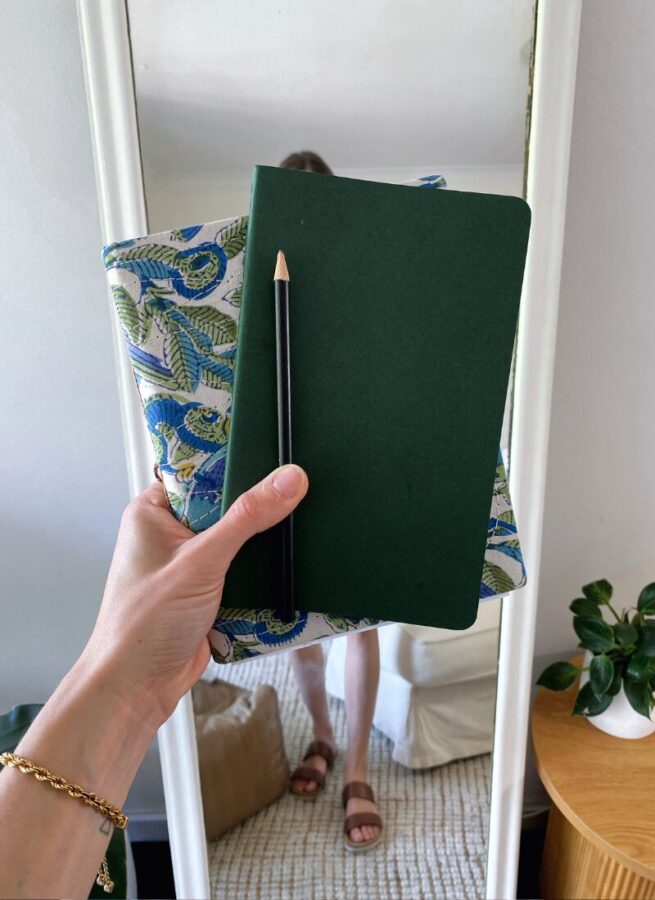
Next, Start Your Intentional Wardrobe Declutter
It’s important not to make any rash decisions when decluttering. If you are on the fence about any items, box them up and store them for a while. This way, you can reassess later without feeling overwhelmed by any decisions you might regret.
The goal is to gradually remove the pieces that no longer serve you while keeping only the items that fit your new wardrobe vision. Here’s how to approach the process thoughtfully.
1. Thoughtful decluttering
There are different ways to approach decluttering, depending on the current state of your wardrobe. You might only need to remove a few items, or you might be facing a more significant project that requires a weekend (or several) to complete. Either way, I recommend starting small by focusing on the current season you are in. Working on one section of your wardrobe at a time makes the process more manageable.
To guide your decluttering, keep your journal nearby to help guide you during the process. If you have made vision boards for your style or created a colour palette, have these handy as well. I’ve also created a decluttering mind map, which you can download for free, to help you stay organized during the process.
So, what should you declutter? Here’s a breakdown:
Declutter:
- Items that don’t fit: If something no longer fits and likely won’t again, it’s time to let it go. If it’s something you need to replace, add it to your wardrobe wishlist with a note about the specific shape or colour you’re looking for. For instance, this winter, I replaced some jeans, noting the style and colour I wanted on my wishlist.
- Worn-out pieces: If an item is too worn to continue wearing, it’s time to declutter it. Common culprits are white t-shirts that have lost their shape or dark clothes that have faded. (I recommend air-drying your clothes whenever possible, especially t-shirts, to prolong their life).
- Items that no longer suit your lifestyle: Be honest about whether an item reflects your current lifestyle or is part of a fantasy version of yourself. If it hasn’t been worn in a long time, question why.
- Uncomfortable pieces: This can be a tough one, but if something doesn’t feel good to wear, it needs to go. You deserve to wear clothes that make you feel confident and comfortable. For example, I had to let go of a pair of sneakers that hurt my feet, even though I loved the look of them.
- Colourful pieces that don’t work: If there are items in colours you don’t enjoy wearing or that don’t suit you, consider parting with them. A colour palette can help guide you, however, remember that not everything has to fit perfectly into your colour palette. Some outliers are okay as long as they bring you joy and you wear them regularly.
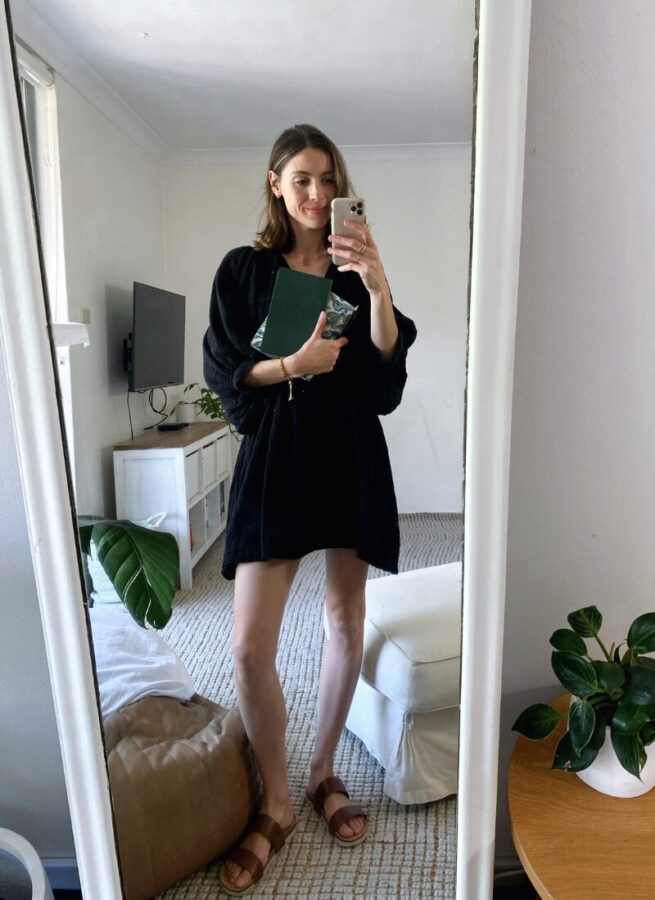
2. Finalising Your Wardrobe Wishlist
Once you’ve decluttered your closet, it’s time to revisit your wardrobe wishlist. Hopefully, your wardrobe declutter has shed some light of what is missing from your wardrobe.
Your wishlist should include items that:
- Need replacing due to wear and tear.
- Are missing from your wardrobe (e.g., a practical coat for winter or comfortable shoes).
- You desire but want to evaluate over time before purchasing.
For instance, here’s what was on my wishlist after my recent declutter:
- Jeans: Light-wash, long enough to go over boots, and flattering to my shape.
- Cropped minimalist coat: In a light colour for layering.
- Barefoot sneakers: For comfort.
- Flat boots: To replace my current uncomfortable shoes.
- White t-shirt: To replace my worn-out ones.
- Black turtleneck: To replace a worn-out old one.
- Puffer vest: My most-worn item last winter, now in need of a replacement.
It’s important not to rush into buying everything on your wishlist immediately. Let items sit on your list for a while to ensure they truly belong in your wardrobe. Eventually, you’ll notice that many items on your list you don’t end up purchasing, and that’s a great sign that you are taking things slow and curating an intentional wardrobe.
One bonus tip I love is adding the date next to each item to track how long it’s been on your list. This gives you time to reflect and avoid impulse purchases.
A Personal Example
As an example of how I manage my wishlist, I had my eye on a pair of silver Mary Janes for almost a year before purchasing them. When I purchased them I had full confidence that they would be a great addition to my wardrobe because I had spent the time thinking about how they would work with other items.

What’s next?
Now you have completed your intentional wardrobe declutter and your wardrobe wishlist, continue to take your time, be thoughtful, and resist the temptation to overhaul everything at once.
If you’re having trouble working on your personal style, and want more help dressing better, I created an e-book that should help you feel like you always have something to wear. Learn more here…
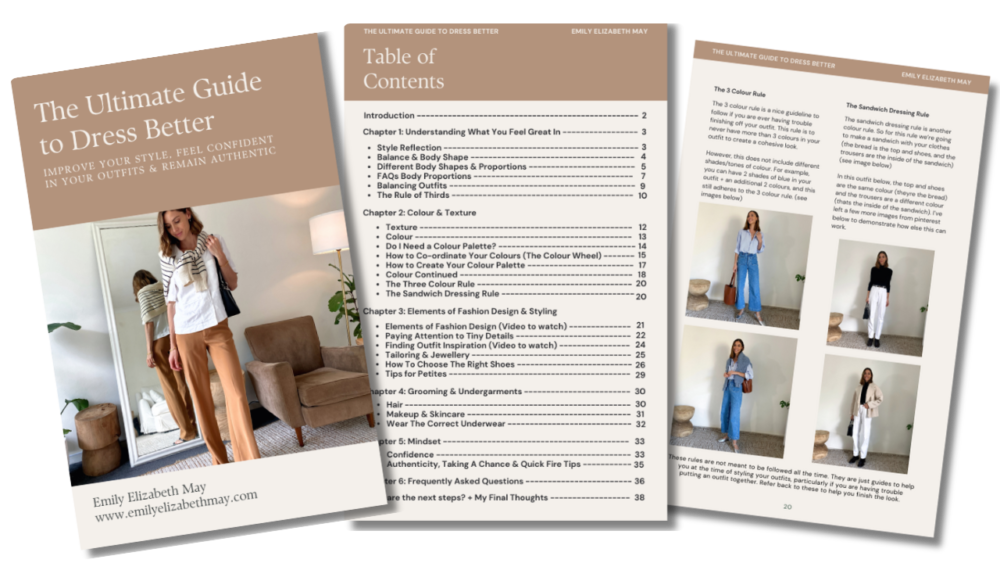
*This post contains affiliate links.
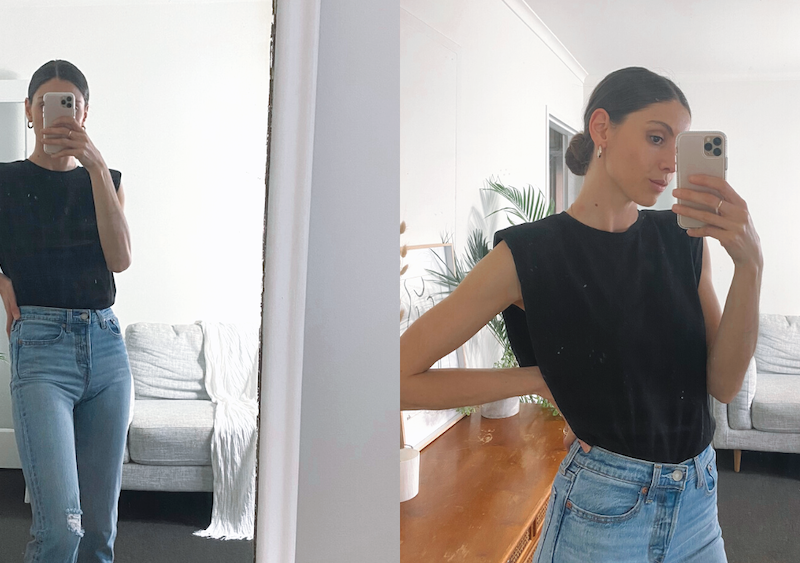
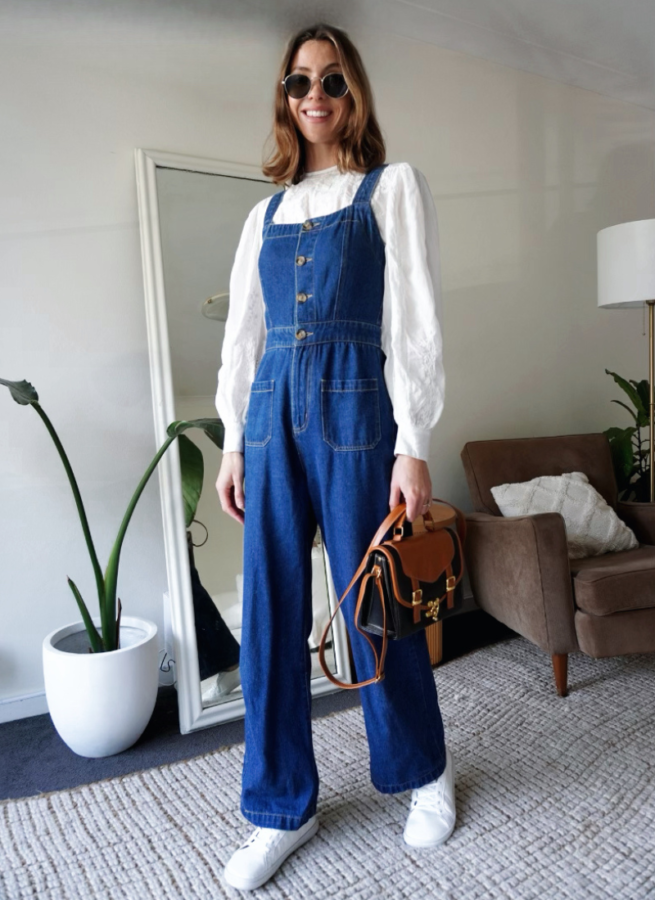
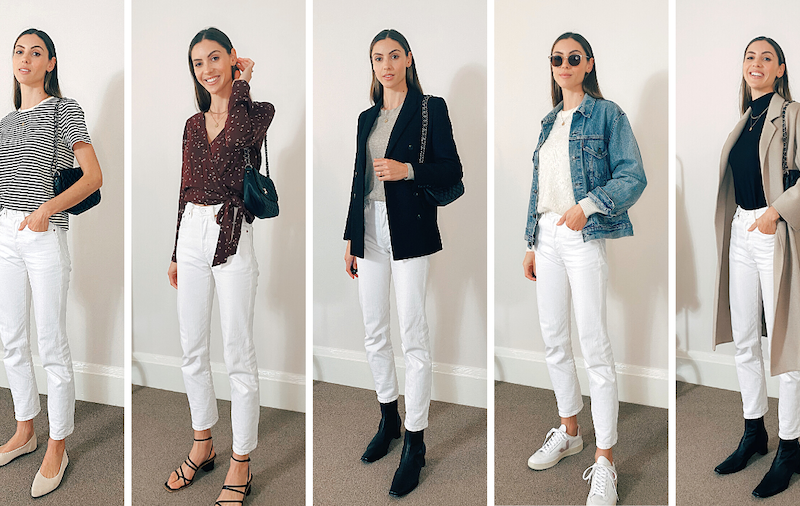
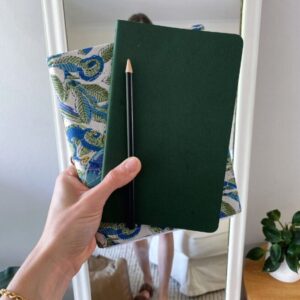
Leave a Reply